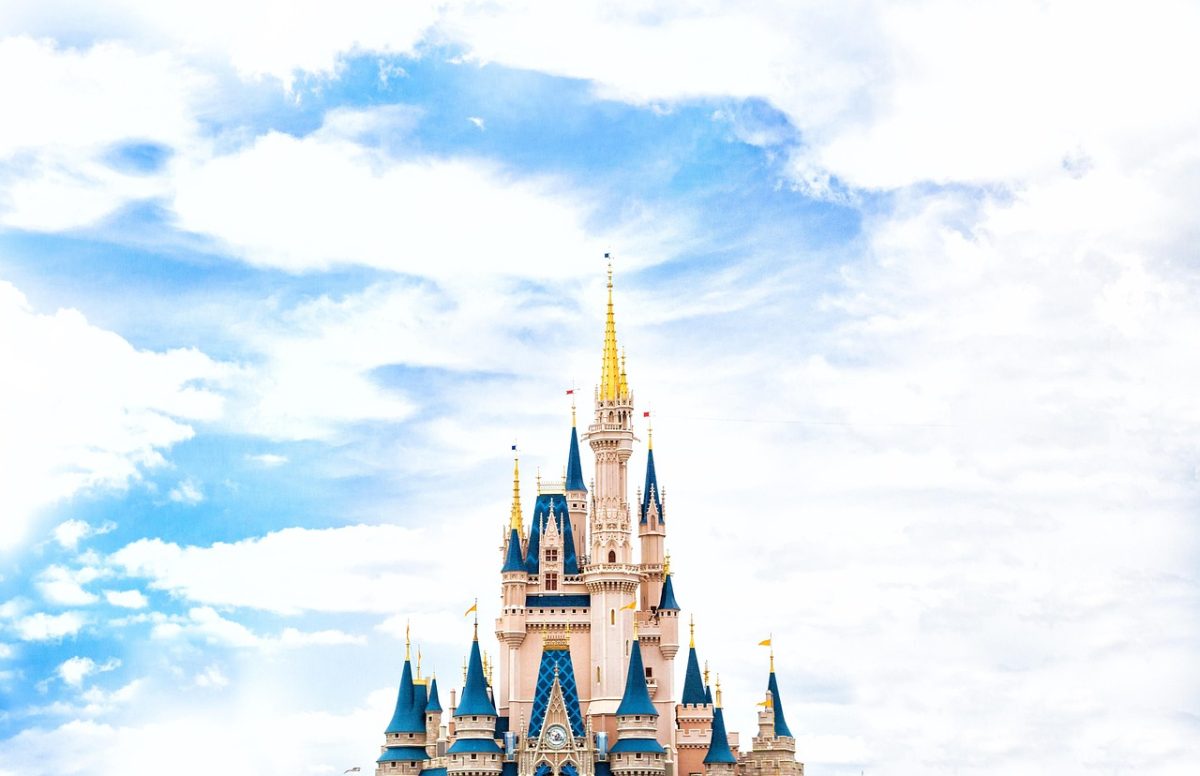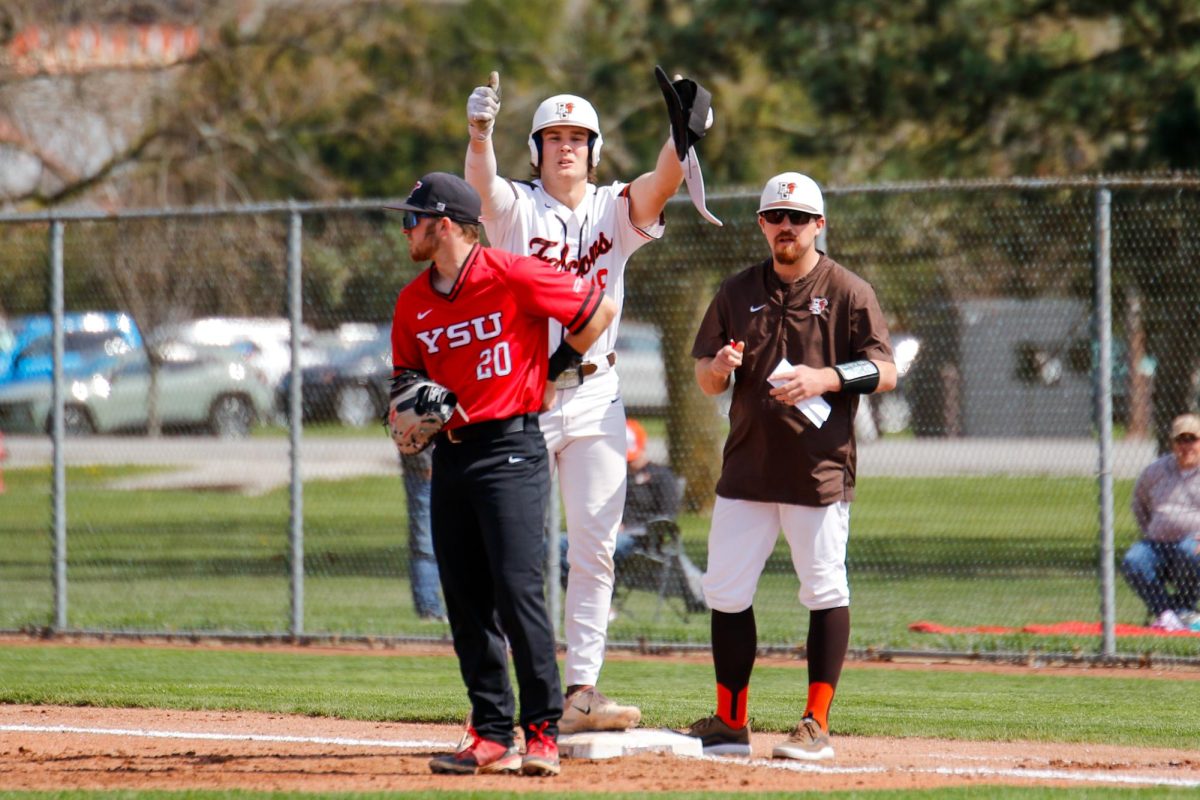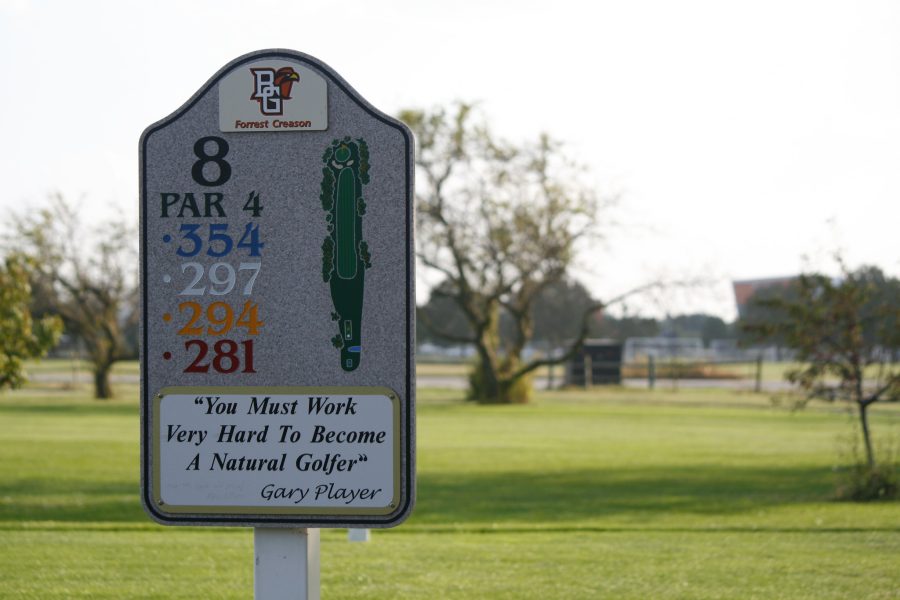In four years you can learn a lot at this University in class, but you may not learn about the history of our University. So now — for pure enjoyment — here are some facts about the University you may not know, or may never find out without someone looking them up for you. Enjoy.
When Bowling Green State Normal College started classes in 1914, the tuition for students was free. The word “Normal” was dropped in 1929. There used to be a hospital on campus in 1960. The hospital was equipped with X-ray machines, surgical, therapeutic and whirlpool bath equipment. Hayes Hall was originally the practical arts building, constructed in 1931 and dedicated to Rutherford B. Hayes in 1959. Hayes was the 19th president of the U.S., from Ohio.
La Maison Francaise, the French House, has been open on campus since 1971. During every performance in Eva Marie St. theater a seat is always reserved for a ghost that is said to haunt the theater.
Hanna Hall was built in 1921 and was used as an Elementary School for training new teachers. It was remodeled in 1959 and dedicated to Myrna Reese Hanna the state Senate representation in Wood County. PHOTO FACTS
1. The area between Founders and the Family and Consumer Sciences building was used as a classroom for clothing and textiles. That room was five percent of the total expenditures of the building. 2. McFall used to be State Normal College’s library and gymnasium, then it was the Graduate school center, now it houses President Sidney Ribeau’s office and the Board of Trustees use the large room on the third floor for their meetings. 3. In 1957 the Home Economics Building now called Family and Consumer Sciences building (in between West Hall and McFall Center) cost $356,000 to build.
4. Moseley Hall was originally the science department. Edwin L. Moseley was the first professor of science at Bowling Green. For years he was the entire science department. He never married and left his entire estate to the University when he died. 5. Memorial Hall was named in honor of the students and graduates who fought in the two world wars in 1959.
6. The ice arena was not initially built for a hockey team, but to improve and advance the health and physical education program at the University, according to the late Samuel M. Cooper in 1965.
Editor’s Note: All information found at the Center for Archival Collections in Jerome Library.















